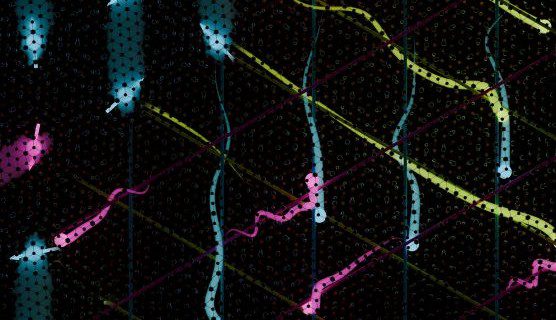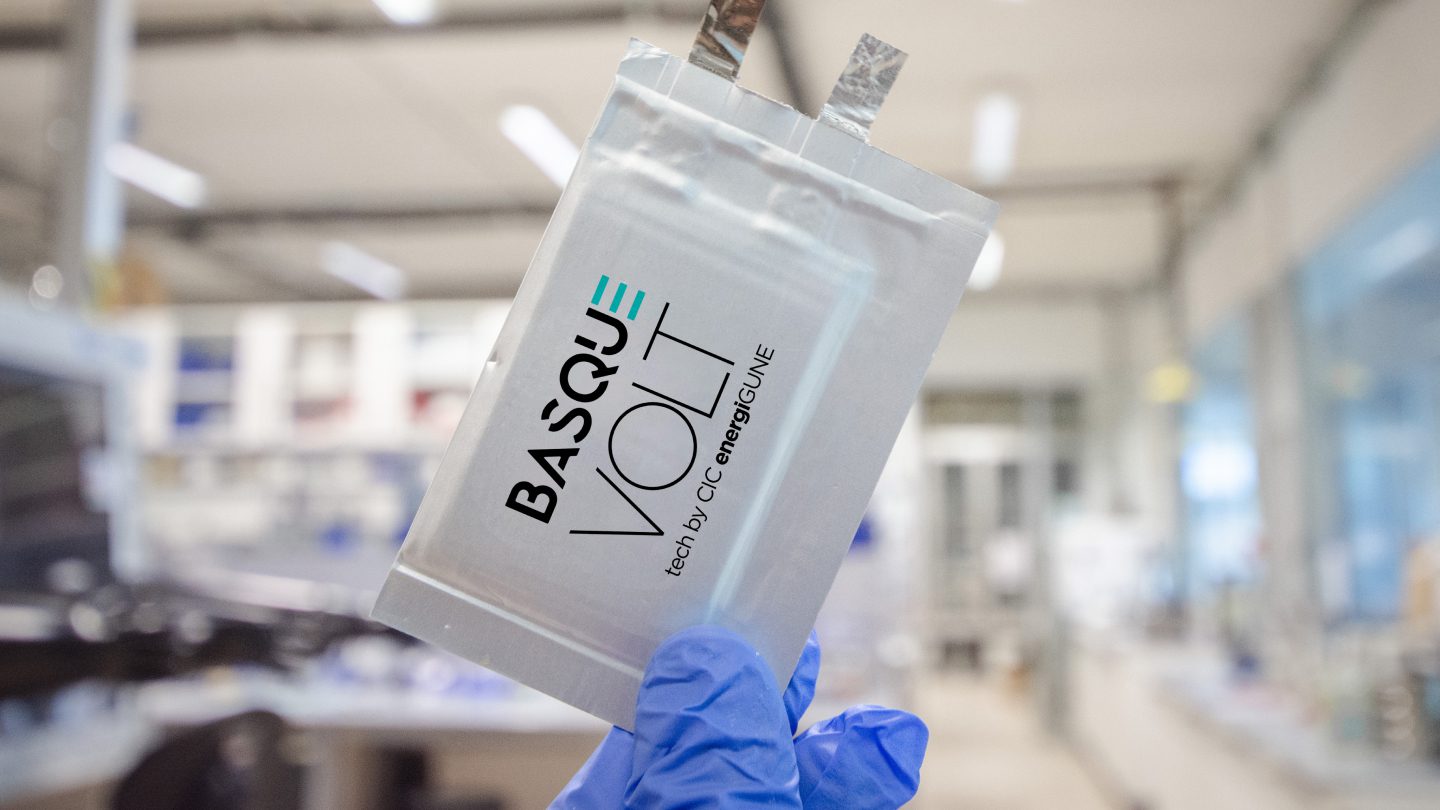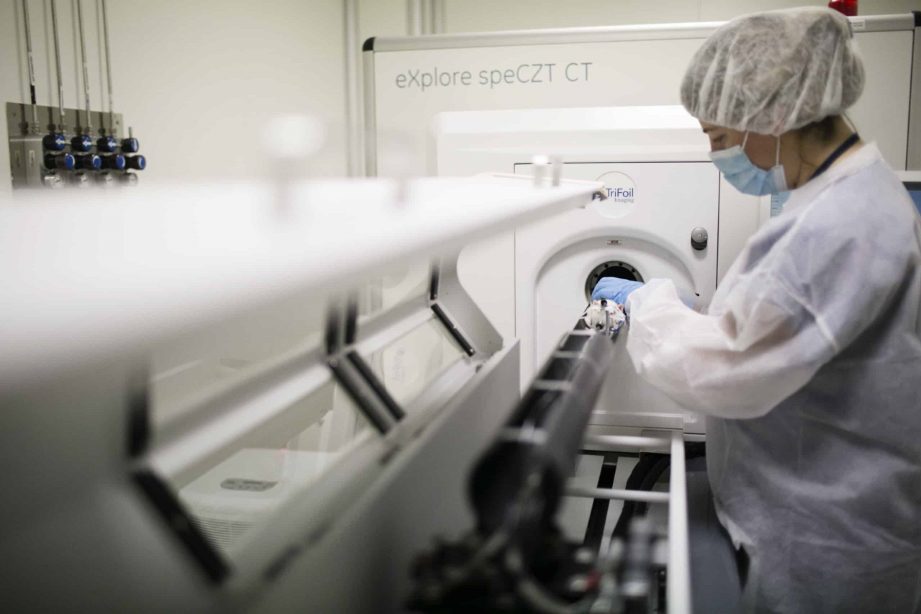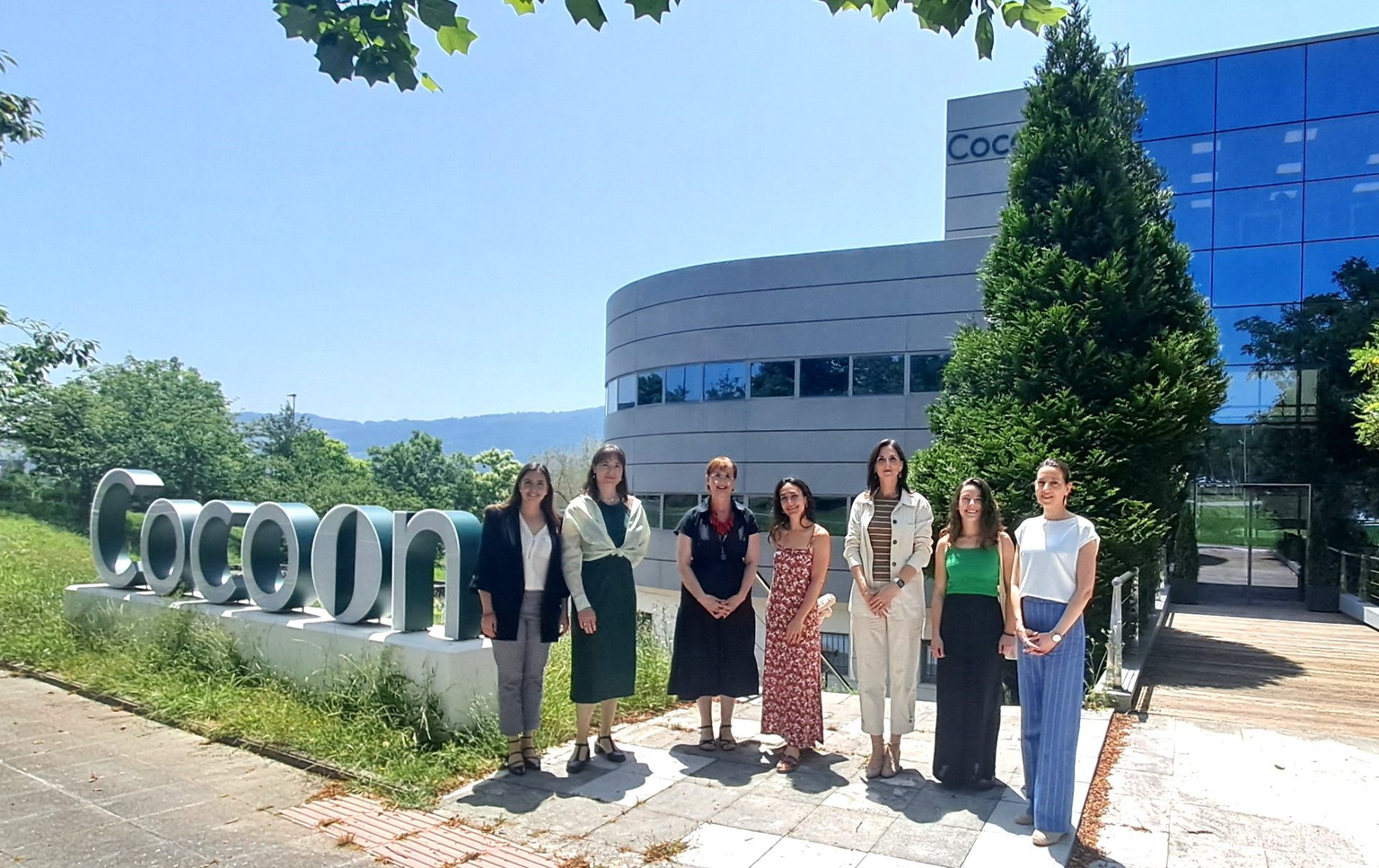3D Measuring to improve aircraft efficiency and sustainability
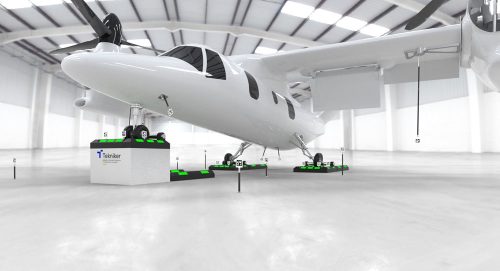
Tekniker has designed an innovative method to calculate the centre of gravity that improves equilibrium and optimise flight operations
The latest technical advances developments reported in the aeronautical sector have focused on achieving smart, green, and integrated transport systems to reduce environmental impacts and achieve the objectives set by the European Union with regard to reducing CO2 emissions by 75%, noise by 65% and improving mobility within the EU.
It is within this context that the Tekniker technology centre has designed an innovative 3D measuring system to obtain data such as weight, the position of the centre of gravity or cargo and use this information to perform more efficient and sustainable manoeuvres in a new generation of aircraft called tiltrotor, that supplements the characteristics and advantages of a helicopter with those delivered by a fixed wing aircraft.
The possibility of using helicopter and airplane configurations has given rise to situations in which changes affect weight distribution and the direction of movement. Current aircraft weighing and balancing systems use a 2D technique associated with limitations in terms of monitoring the centre of gravity, a highly critical component in these transitions between different configurations to avoid in-flight problems and optimise propulsion systems.
Sensoring and photogrammetry technologies
In order to address the challenge brought about by these constraints, the technology centre has developed a 3D measuring solution for the aircraft’s centre of gravity and how it can be balanced in different positions. The team has put together several sensoring and photogrammetry technologies to design the subsystems required to automate measuring procedures.
With the information and results obtained by the overall system, whose patent application has been filed with the European Patent Office, it will be possible to further develop advanced flight and manoeuvre control systems with a view to reducing, on the one hand, fuel consumption, emissions and environmental impacts associated with flight operations and, on the other, minimising the risk of inadequate in-flight manoeuvres.
The system is mainly focused on aircraft that allow for on-board configuration changes such as tiltrotor planes, helicopters or drones where cargo distribution could significantly affect their behaviour, although it could also be used aboard other types of aircraft and vehicles (trucks, racing cars …).
‘Next Generation’ aircraft
The technology centre has carried out all of these actions within the framework of Weibal, a European initiative coordinated by Tekniker whose ultimate goal is to further technological developments to produce the Next Generation Civil Tiltrotor (NGCTR), a new aircraft configuration that is currently being manufactured by the Italian group Leonardo and receives funding from the EU Clean Sky 2 programme.
The project will end in March 2023 and future steps to be taken by Weibal will focus on commissioning the measurement system in Italy to run validation tests. DIBAL is also involved in the project. This company has been commissioned to design and manufacture the prototype’s weighing scales subsystem.
WEIBAL project has received funding from the Clean Sky 2 Joint Undertaking under the European Union’s Horizon 2020 research and innovation programme under grant agreement No 886754.
